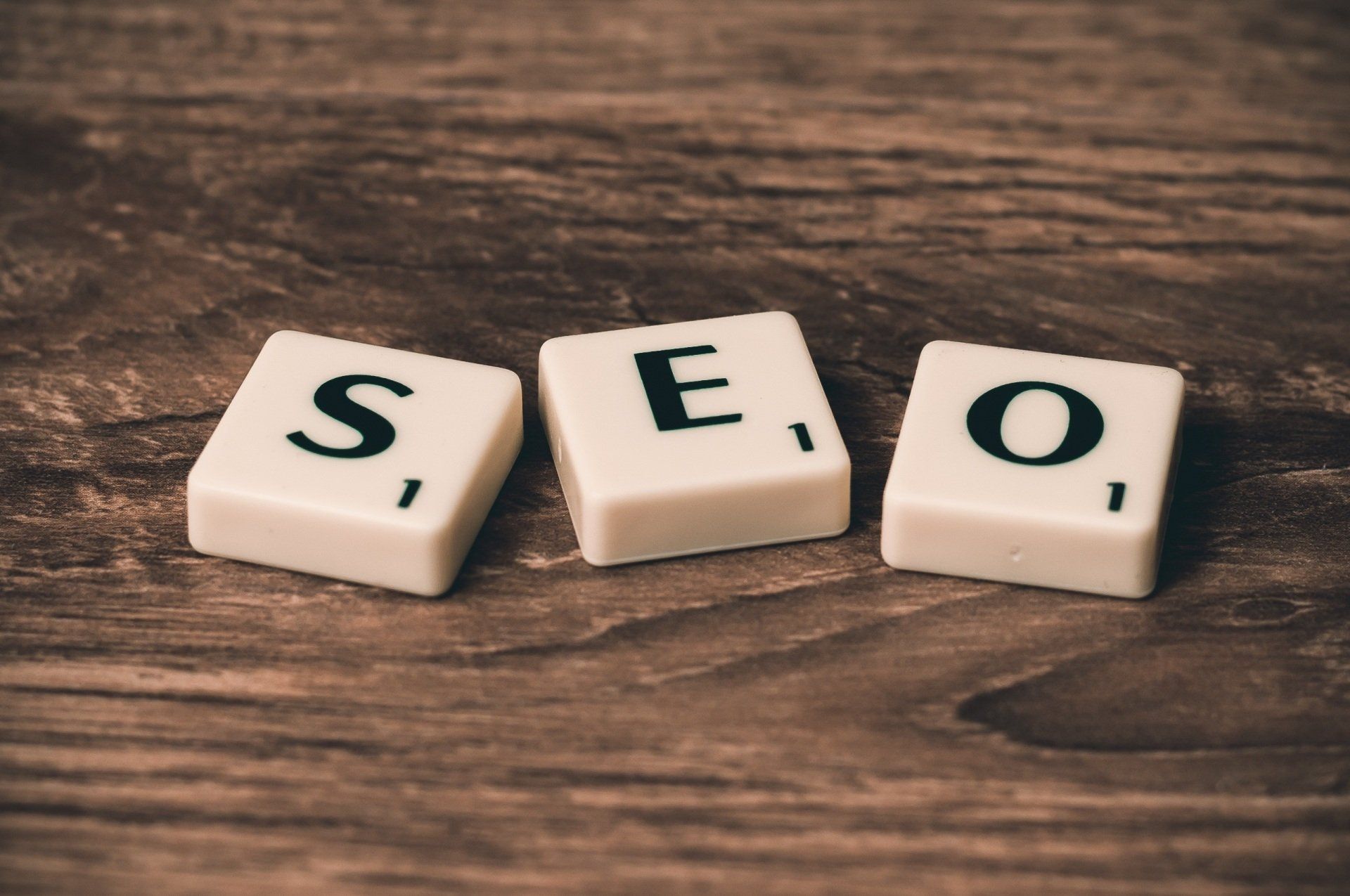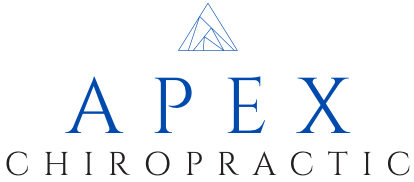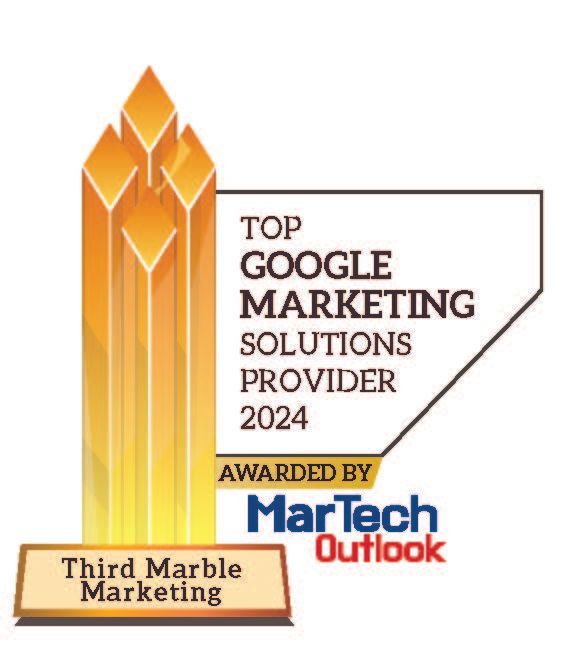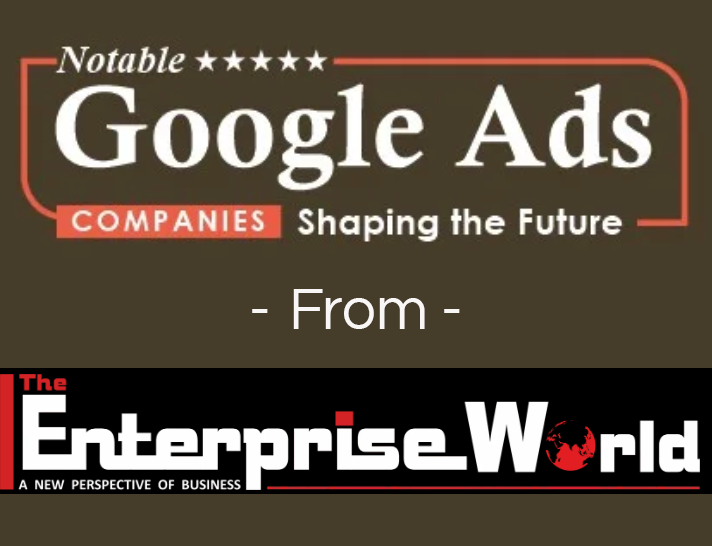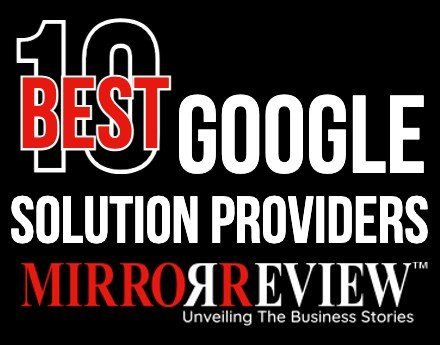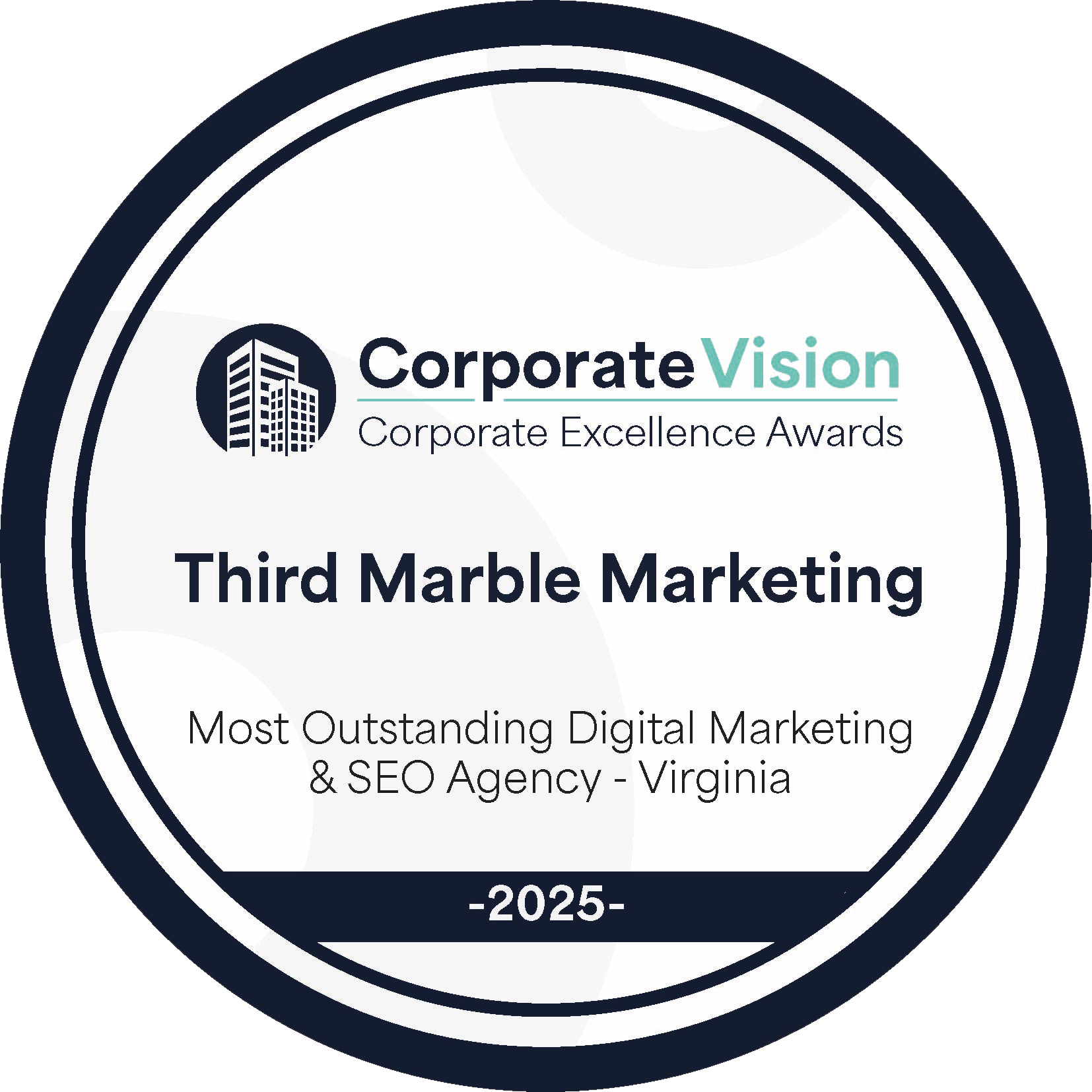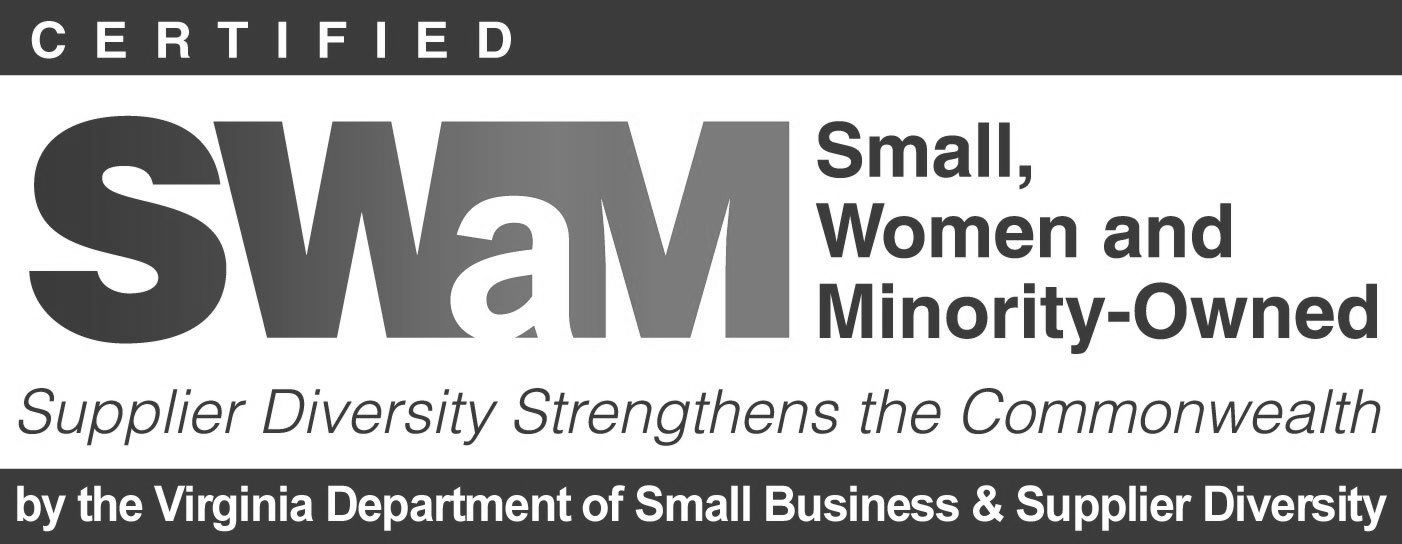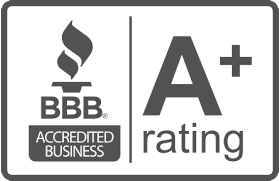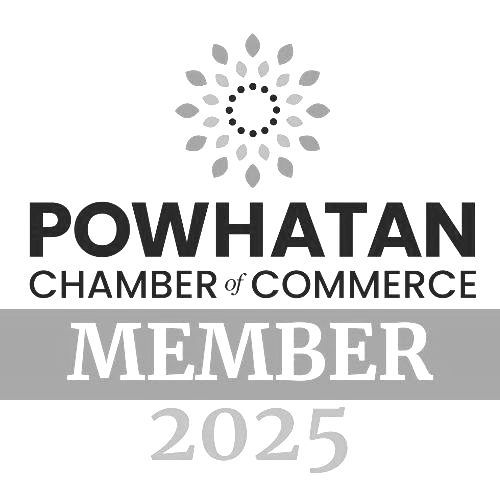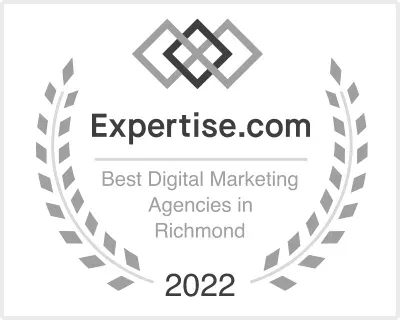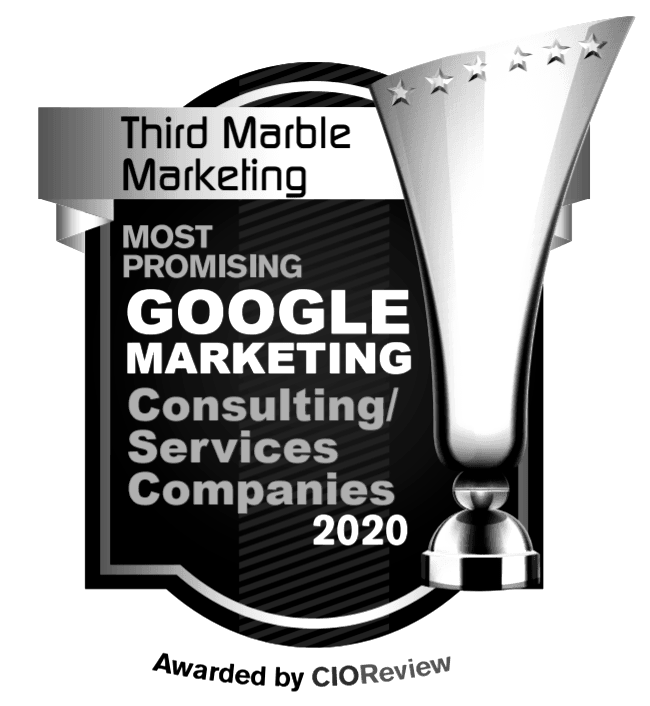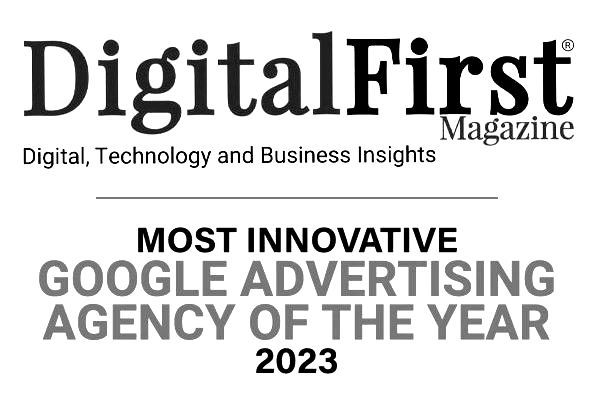Website Conversion Rate II
YOUR WEBSITE VISITORS HAVE A NEED FOR SPEED
That Means You Do Too … Some Facts & Solutions Follow
Second of (at least) Two Articles to Accelerate Your Website’s Conversion Rate

Driving visitors to your website is an admirable goal … but not productive if the visit does not convert to one or another of your desired calls to action (CTA). Your CTA payoff may be as simple as more time spent clicking through attractive info on your site all the way to the ultimate win … placing an order.
Our job at Third Marble is to drive pre-qualified prospect traffic to your website. What happens next is between you and your web design agency. Last month we offered the first article on how to ACCELERATE YOUR WEBSITE’S CONVERSION RATE … 4 Places to Look and Rebuild with Quick Fixes . Included were two of four categories of website content for you and your web designer to examine and rebuild as necessary to drive escalated visitor conversions. This month, we’ll look at two additional categories for improvement.
1. Boost Your Website Loading Speed
Addressing this issue directly … poor page-load performance will negatively impact your objective to escalate your success in website conversions . Experts have reported important, even alarming, downsides to slow loading of pages. Here are some of the more important findings.
Customers Are Impatient: They want what they want when they want it. That means the moment of truth is when they visit your website to learn, do, find or buy something right now! Google coined the term “micro-moment” to identify that “right now” experience. They assert that these are intent-rich moments when decisions are made and preferences shaped. So consider the following stats regarding website visitors’ expectations.
- 47% expect pages to load in 2 seconds or less, Plus you will lose an additional 10% of your visitors with e very additional second of delay.
- 52% of web shoppers consider quick page loading as crucial to their loyalty to a website.
- 79% of online shoppers who are unhappy about website performance say they won’t return to the site to buy again.
Address Your Mobile Suspects, Prospects and Customers: At least half of web searches are via mobile devices. Some estimates by Google are as high as 60% in the U.S. What does that mean about your website loading speed? Plenty!
- 64% of mobile users expect pages to load in 4 seconds or less.
- Bulletin! Google has transitioned to “mobile-first” indexing. That means it now prioritizes the mobile versions of websites over desktop versions as it relates to ranking and indexing.
- Lower Google ranking and indexing means an impaired potential for your website to appear on Google Page 1.
- E nsure that your website design is mobile-friendly to attract and retain mobile users’ posit ive experience on your website.
Where Do You Stand?
OK, so given the new metrics you may well be wondering about your exposure and potential to suffer a “down-ranking” based on less than stellar mobile user experiences. Well click here for more detail on mobile page speed plus three resources to help you determ ine your vulnerability, or that you are not at risk.
2. Create a Sense of Urgency for Your Website Visitors to Convert
OK. You’ve begun to take control of those website loading speed issues that may be impairing your website visitors to convert … meaning take the next step to respond to one or another of your desired calls to action. That means you must create motivation for your website traffic to act. Here is a bouquet of possible offers that will do just that.
- Add a guaranteed, no-questions asked refund policy on all purchases.
- Use action language to spur visitors to take action. F or example, “reserve your seat”; “call for your free estimate; “limited supply, so get yours now” ; “make your appointment online” .
- Create dedicated landing pages for pay-per-click ads … not your home page.
- Cross-sell by recommending related products.
- Test variations of your CTA purchase button … placement, color and size of “buy now” or “order today”.
- Offer alternative payment options to satisfy customers’ preferences.
- Offer bonus discounts at checkout … free shipping or percentage savings on next purchase.
Your Next Steps … Drive Traffic to Your Website & Accelerate Conversions
So there is now more change to be aware of and react to so you prevail in your internet marketing. Happily, you and your website design agency can pursue a path to ensure you become and remain a superior player when it comes to satisfying your website visitors’ need for speed. Depending on your unique circumstances, anticipate that one or more issues may need to be addressed , e.g. size of files on your website, photos, graphics, website coding, compelling content, etc. to be reviewed, revised or implemented.
Our job at Third Marble Marketing is to deliver proven, successful strategies to maximize the effectiveness of your Google Ads, improve your SEO strategy, feature you on Page One of Google and drive pre-qu alified traffic to your website!
Of course, all of that is extremely important. Equally important is to convert visitors to your website to take what you consider a valuable call to action. That’s where your web design agency becomes invaluable.
Now your choices are do-it-yourself or invest in third-party, professional SEO services and web developer assistance. It is likely that you are already wearing several hats as a business owner and ladling in yet another marketing responsibility is probably not an option.
Why not rely on both an SEO resource plus your web design
agency to successfully tackle these jobs?

is primed to be your SEO “go-to” resource. Give us a call or drop an email.
We’ll respond promptly … at no charge for initial consultation.
Click here for a FREE SEO Audit .
Need Help Getting Found Online?
Call Us Today:
(Open Mon-Fri 9:00-5:00 ET)
Or Schedule A Call Later:
(Schedule a Time For Us To Call You.)
The post Website Conversion Rate II appeared first on Third Marble Marketing.
Third Marble Marketing - Google Ads & SEO Tips, Tricks and Case Studies




